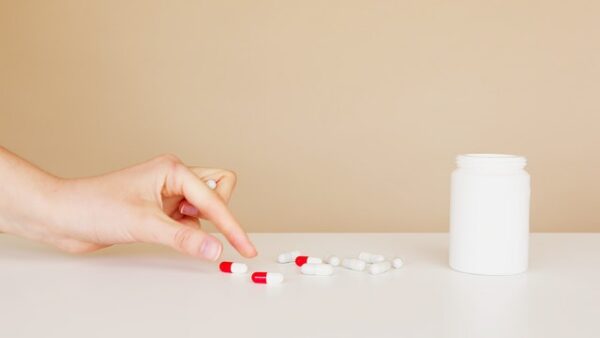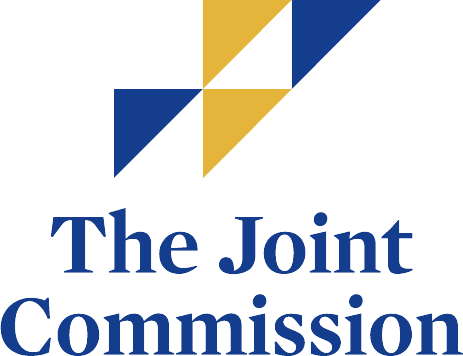In 2018, around 2 million people were struggling with an opioid use disorder (OUD), or the long-term or prolonged use of and dependence on opioids which eventually causes serious health problems. Often, people take opioids prescribed by doctors for medical conditions (i.e., pain management) and then eventually become dependent on them. This problematic pattern can lead to addiction, overdose, and even death.
According to a study published in the National Center for Biotechnology Information, over 47,000 people die per year from opioid-related use or misuse in the USA alone. These opioid-related deaths are the most fatal drug epidemic in the history of America.
The good news is that, like any chronic illness, opioid use disorder can be treated. One way to recovery is through MAT for opioid use or Medication-Assisted Treatment. But before we go into details about MAT for opioid dependence, let us first look at the signs and symptoms of an opioid use disorder.

What are opioid use disorder symptoms?
According to the American Psychiatric Association’s Diagnostic and Statistical Manual of Mental Disorders, Fifth Edition or DSM-5, one of the main indicators of having an opioid use disorder is the overpowering desire to obtain and take in opioids despite the adverse consequences. An increased ‘tolerance’ for opioids is also an indicator, including a ‘withdrawal’ syndrome (experiencing depression, dissatisfaction, numbness, etc.) when abstaining or not using the medications. Some examples of these opioids are heroin, morphine, codeine, fentanyl, and oxycodone.
The person suffers from this disorder if he or she used opioids within 12 months with two or more of these eleven problems:
— Inability to stop despite adverse effects on physical, mental, or emotional well-being
— Inability to stop despite negative consequences on relationships
— Decreased time spent on social or recreational activities
— Neglecting basic personal and professional responsibilities at school, work, or in the family
— Spending a huge amount of time in planning, obtaining, using, and/or recovering from taking the medications
— An increased amount of the drug being taken or taking the drug longer than intended
— Having cravings or an overwhelming desire to use the medications
— Inability to decrease the amount of opioids taken or consumed
— Developing or having a tolerance (having a lesser susceptibility to the effects of medications)
— Continuous use despite being in physically dangerous settings
— Experiencing withdrawal (feeling depressed, dissatisfied, or numb, etc. when not using opioids)
Opioid dependence varies by gender and age, and like any substance abuse and dependence, it is affected by biology, environment, genetics, and even psychosocial factors. Additionally, a full-blown opioid use disorder is often characterized by periods of exacerbation (getting worse) and remission (getting better), but the chances of relapse will not disappear. This means life-threatening risks come with potential relapses, like accidental overdose, trauma, infectious disease, and even suicide.
How to Address Opioid Use Disorder?
There are various ways of addressing opioid use disorder. It often begins with some form of cognitive-behavior therapy (CBT) to change how patients think and see how their substance use affects their daily functioning. MAT or medically assisted treatment and CBT go hand-in-hand in treating opioid dependence to sustain the recovery of patients with OUD effectively.
What is MAT opioid treatment?
MAT for opioid dependence is the use of medications to address OUD. It is combined with counseling and behavioral therapy to provide a holistic approach to treat opioid dependence effectively. The Food and Drug Administration (FDA) has actually approved various medications for opioid use and alcohol abuse treatment. The main goal of the medications is to relieve the symptoms of withdrawal and cravings by normalizing the patient’s brain chemistry.

Here are FDA-approved opioid dependency medications that are safe and effective in treating OUD:
— Buprenorphine: This drug suppresses and reduces cravings for opioids.
— Methadone: This medication reduces opioid cravings and withdrawal and blunts or blocks the effects of opioids.
— Naltrexone: This blocks the euphoric and sedative effects of opioids and prevents ‘highs’ or feelings of euphoria.
Is MAT just a different addiction substituting for another?
Perhaps, one big question on your mind right now is: is MAT just a different addiction substituting for another? This is a common misconception about MAT for opioid use. This treatment, along with proper counseling and psychotherapy, proves to be clinically effective. As mentioned, these medications soothe the cravings and withdrawal symptoms of patients and, through proper dose, give a safe level of treatment to overcome their OUD. MAT for opioid dependence has no adverse effects on a patient’s intelligence and mental capability, and physical functioning. Thus, there is no maximum duration for MAT, and patients may safely continue with the treatment indefinitely.
Additionally, according to the SAMHSA, MAT for opioid use has significantly reduced the need for inpatient detoxification treatments for people with OUD. Ultimately, the goal of MAT for opioid dependence is for the patient to overcome their addiction and achieve their full recovery. Apart from this, SAMHSA also states that MAT for opioid use proves the following:
— Significantly improve a patient’s survival from life-threatening risks (i.e., overdose)
— Increase the patient’s ability to remain and go through the treatment process
— Reduce the patient’s potential to engage in the illicit use of opiates and other criminal activities with people with substance use disorders
— Enhance the patients’ ability to acquire and retain a job or employment
— Improve birth outcomes among pregnant women who are struggling with substance use disorders
MAT for opioid dependence also contributes to reducing a patient’s risk of contracting infectious or blood-borne diseases like HIV/AIDS and Hepatitis C by significantly lowering their chances of relapse.

Finding the right opioid treatment program
Opioid use disorder, like any substance addiction, is a chronic illness, which calls for continuing treatment. Thus, this entails periodic evaluation and re-evaluation if the patient needs to continue with MAT, which means finding the right opioid treatment plan is of utmost importance.
There is no one way to full recovery, but it is important to seek professional help for those in the grip of substance use disorder. Any addiction can affect anyone at any stage of their lives, but it is an illness that is treatable. Recovery is POSSIBLE.
If you need to get help for a loved one or if you are looking for treatment centers offering MAT in Arizona, we highly encourage you to get in touch with us. Visit us at Buena Vista Health and Recovery Center in the following locations: Chandler, AZ, Tucson, AZ, Scottsdale, AZ, and Cave Creek, AZ, or let us assist you by calling us at (800) 922-0095.





